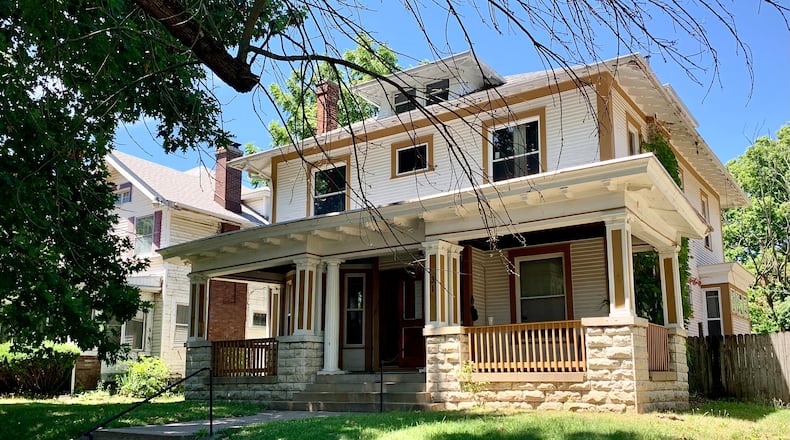Zoning code updates as proposed would require 1,000 feet of separation between group homes of all kinds, cap the occupancy of all group homes and limit the total number of foster care group homes in the city.
“We care about fair housing, we care about people being provided with quality, safe housing, and enough housing,” said Dayton Zoning Administrator Kyrsten French. “But we also want to make sure that the motives of an operator who is opening a home are well aligned with the needs of the people who will live there later. Because they are the most vulnerable population involved in this equation.”
This summer, the Dayton Plan Board voted to recommend that the Dayton City Commission approve zoning text amendments related to group homes.
Wednesday’s vote did not immediately change the city’s zoning regulations, as the amendment was not introduced as an emergency and will require additional voting before it goes into effect.
Dayton also has an ongoing moratorium that bars group home operators from creating new sites within the city. That moratorium is set to expire in February, city officials said.
Local officials have said that the heavy concentration of foster care group homes in Dayton and Montgomery County has strained local law enforcement agencies, the courts, the juvenile justice system and social service providers.
Group homes are also called residential facilities. Three state agencies — the Ohio Department of Youth, Ohio Mental Health and Addiction Services, and the Ohio Department of Developmental Disabilities — regulate these facilities.
The proposed zoning changes create new restrictions on all types of group home residential facilities, including those for foster care, sober living and supportive care for people with disabilities.
Proposed zoning code amendments would prohibit each of the city’s geographies from having more than 12 foster care group homes. Existing homes would be allowed to continue to operate, but no new permits would be issued for regions that have met the limit.
“The challenge is trying not to be anti-group homes, and also at the same time trying not to saturate our communities further with additional group homes,” said Dayton Mayor Jeffrey Mims Jr. “So this would prevent the density that we’ve been experiencing.”
Dayton has five land use areas and 62 total foster care group homes across those areas. Twenty-one are located in west and southwest Dayton and 37 are located in northwest Dayton (also called the north central land use area), according to data shared by the city. Four foster group homes are located in the city’s northeast geography. No foster care group homes are in downtown or southeast Dayton.
Under this portion of the proposed zoning code update, West and North Central Dayton would already be maxed out.
Group homes also wouldn’t be allowed on the same block as nuisance or condemned properties, French said. They would be subject to inspections and would mostly only be allowed in single-family residences.
Occupancy limits for each kind of group home would also be created: five or fewer for most group homes, with a cap of six or fewer for homes regulated by the Ohio Department of Developmental Disabilities. This differs from the current maximum occupancy of eight people listed in the city’s zoning code.
Dayton city commissioners were divided on the proposal, with Commissioners Shenise Turner-Sloss and Darryl Fairchild wanting to remand the case to the Plan Board for additional review.
Turner-Sloss said she wanted to review the possibility of expanding the 1,000-foot separation between facilities to a larger distance, as well as adding some type of notification requirement for new homes coming to neighborhoods.
Fairchild said he wanted to explore a citywide cap on group foster homes. He was also concerned that, in the event the city lifted the moratorium on group homes, land use areas that do not currently have any could quickly see new homes occupy them.
Commissioners Chris Shaw and Matt Joseph, as well as the mayor, voted to move forward with the proposal, saying the draft creates tools the city doesn’t currently have at its disposal.
“I support moving forward with this so it sets a baseline,” said Joseph. “It sends a message to those folks at the state who we’re working with that we need further help, further regulation. But we’re starting with commonsense regulation here.”



